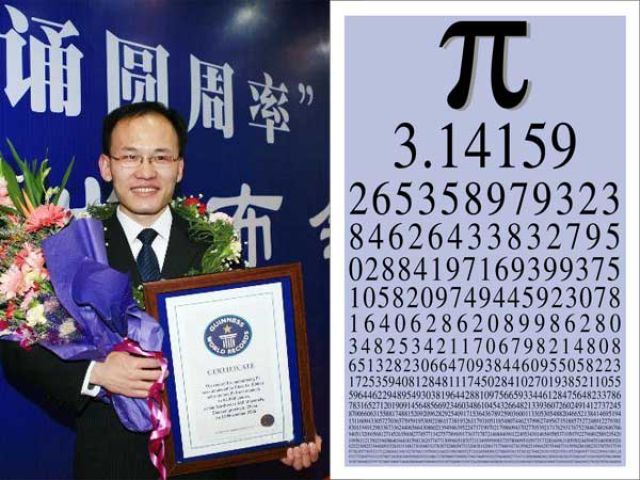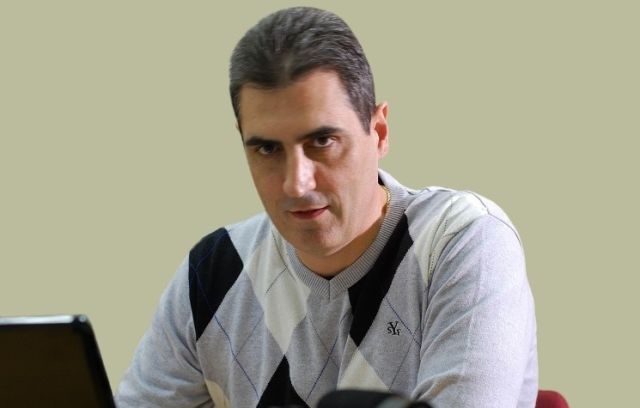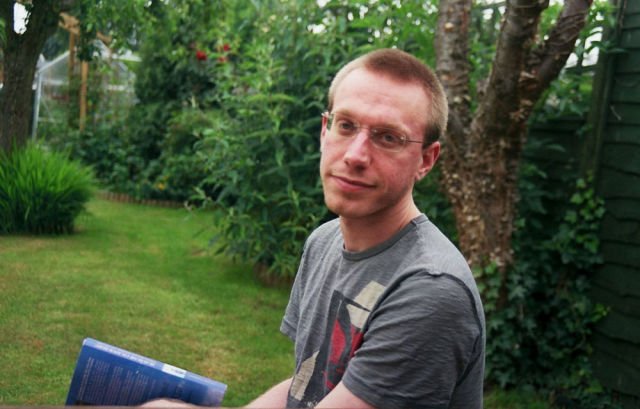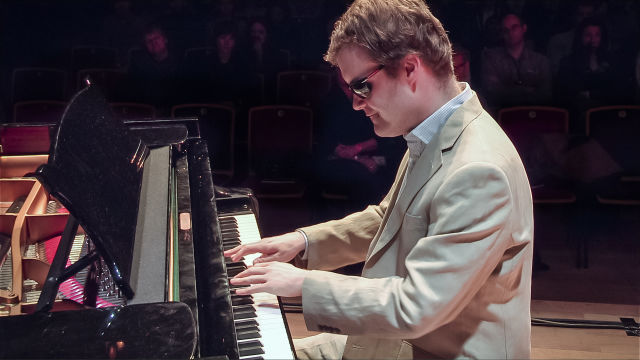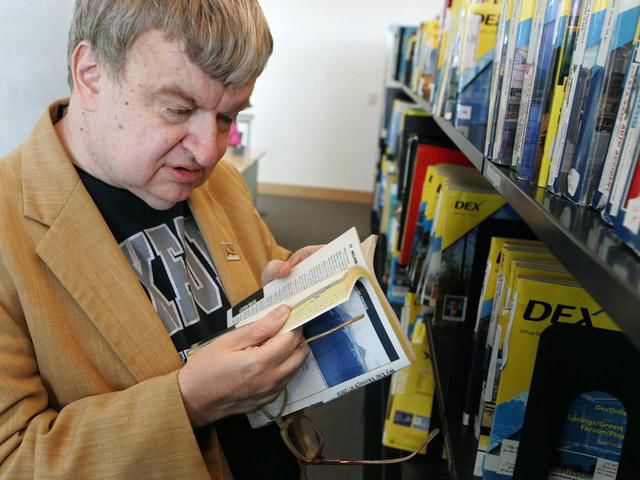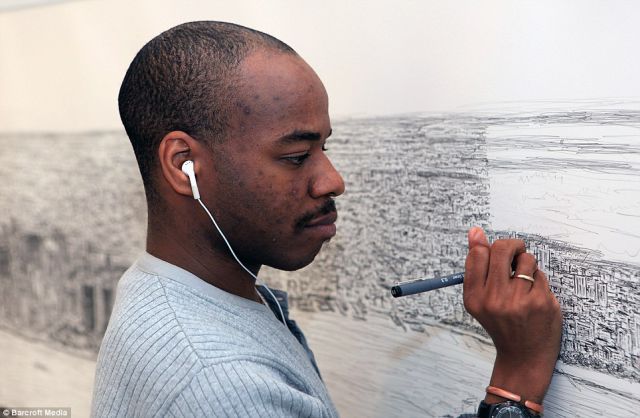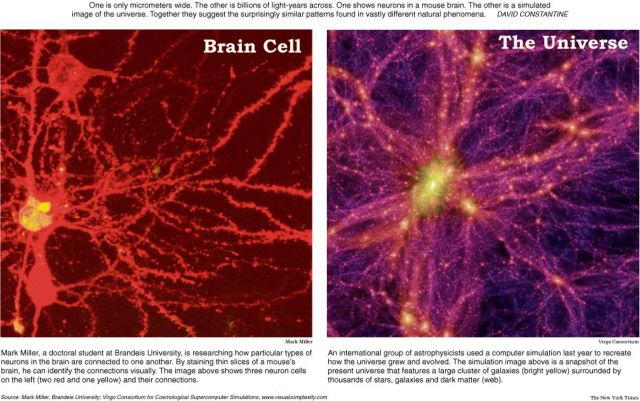The most powerful computer known to man is the human brain. The brain possesses about 100 billion neurons with roughly 1 quadrillion (1 million billion) connections known as synapses wiring these cells together and has a memory capacity of approximately 2.5 petabytes (or 2.5 million gigabytes). To put that in perspective, it took the 4th most powerful supercomputer (82,944 processors) in the world, 40 minutes to complete a simulation of one second of human brain activity. What can we do with this???
The record for memorising Pi was achieved by Chao Lu who recited Pi from memory to 67,890 places, at the Northwest A&F University, Shaanxi province, China, on 20 November 2005. It took 24 hours and 4 minutes. That is one digit every 1.2 seconds.
Ramon Campayo holds the most speed memory records. He can memorize 17 numbers in half a second and 46 binary numbers in one second. 46 binary numbers looks like this 0101010101001010101001011001010101000101010100
Daniel Tammet suffered epileptic seizures as a young child which is believed to have created his condition. Tammet sees numbers as shapes and colors. In his mind, he says, each positive integer up to 10,000 has its own unique shape, color, texture and feel. He has described his visual image of 289 as particularly ugly, 333 as particularly attractive, and pi as beautiful. The number 6 apparently has no distinct image yet what he describes as an almost small nothingness, opposite to the number 9 which he calls large, towering, and quite intimidating. Tammet can do calculations without conscious effort. This includes cube roots to hundreds of decimal places and he holds the European record for reciting pi from memory to 22,514 digits in five hours and nine minutes. He is also a Polyglot and is fluent in eleven languages. He speaks English, Spanish, French, German, Finnish, Lithuanian, Romanian, Estonian, Icelandic, Welsh and Esperanto. He learned Icelandic in a week for a TV documentary.
Orlando Serrell did not possess any special skills until he was struck by a baseball on the left side of his head on January 15, 1979 when he was ten years old. Serrell fell to the ground, but eventually got up and continued playing baseball. He did not get any medical treatment because he did not tell his parents; for a long while, he suffered from a headache. Eventually, the headache ended. Now 42, he can instantly recall the day of the week, weather and what he was doing for every date since the accident without consicous effort.
Derek Paravicini is blind, can not tell his right hand from his left, and needs round-the-clock care. But he has an extremely rare gift—he is a musical prodigy with perfect pitch. When he hears a chord with ten notes in it, he can identify every one. Most professional musicians can get about five. He can master any melody on earth, has a databank of thousands of songs in his head and can play any one of them at will, improvising as he goes. Member of his audience asks him to play Ain’t No Sunshine. Another suggests that he play it in B major. And another, that it’s done in ragtime. No problem — without a pause, his fingers flutter across the keyboard in a hummingbird blur of staggering virtuosity.
Kim Peek, lent inspiration to the fictional character Raymond Babbitt—played by Dustin Hoffman—in the movie Rain Man. He knew every area and zip code in the US and could provide MapQuest like directions within any major US city or between them. He could read 2 pages at once (one with each eye) in 8 seconds with 98% accuracy and has read over 12,000 books this way
As a young child, Stephen Wiltshire was a mute – he was diagnosed as autistic and was sent to a school for special needs children. There, he discovered a passion for drawing – first of animals, then London buses, then buildings and the city’s landmarks. Throughout his childhood, Stephen communicated through his drawings. Slowly, aided by his teachers, he learned to speak by the age of nine (his first word was “paper.”)
Stephen has a particularly striking talent: he can draw an accurate and detailed landscape of a city after seeing it just once! He drew a 10 meter (~33 ft) long panorama of Tokyo following a short helicopter ride.
Click the green cross in the top right corner of the picture to see it full size


